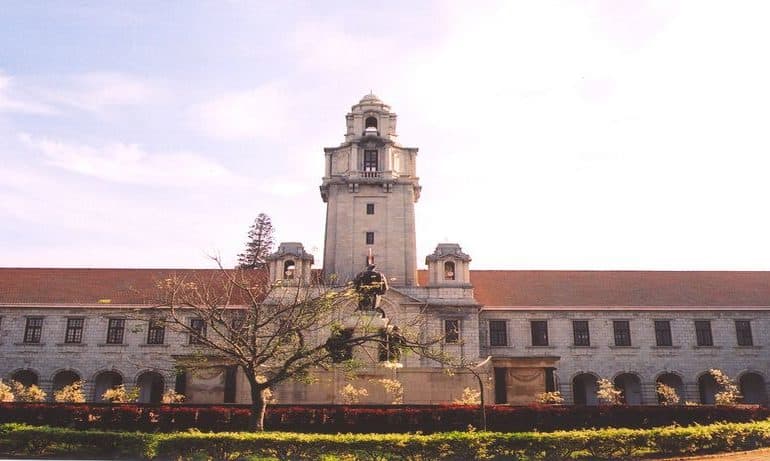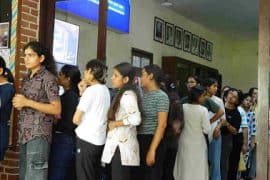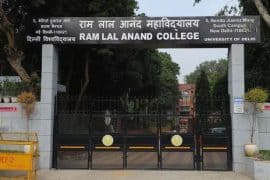The Department of Higher Education, under the aegis of the Union Ministry of Human Resource Development released the first Indian government-backed list of University rankings on 4th April. Surveyed under the National Institutional Ranking Framework, 3,500 institutions have been ranked under a general category, as well as under the categories of Engineering, Management and Pharmaceutical institutes.
Indian Institute of Science, Bangalore, occupies the premier position in University rankings, followed by the Indian Institute of Chemical Technology (ICT), Mumbai. JNU and the University of Hyderabad were placed third and fourth respectively, with the University of Delhi ranking at number six. Jamia Milia Islamia was ranked 83 out of 100 universities. Incidentally, IISc Bangalore is also the only Indian institute that features in the top 100 Times Higher Education world university rankings, where it stands at rank 99.

In the Engineering category, the IITs take the cake-all positions in the top 10 have been occupied by them, with IIT Madras and IIT Bombay standing at first and second respectively. The older IITs, established in the 1950s and 60s, rank better than the newer ones. Vellore Institute of Technology, ranked 13, is a private university that has fared well, in the midst of the public universities.
Among the Management institutes, the IIMs take the top 6 positions, with IIM Bangalore standing at the head of the list of B-schools.
Of the Pharmaceutical institutes, Manipal College of Pharmaceutical Sciences, Manipal, takes the first position, with University Institute of Pharmaceutical Sciences, Chandigarh, and Jamia Hamdard, New Delhi, standing at second and third respectively.
According to the National Institutional Ranking Framework booklet, the 22 parameters on the basis of which these universities were ranked include their outreach and inclusivity, research, professional practice and collaborative performance, graduation outcomes, teaching and learning resources and perception of the institute among students, teachers, parents, alumni and the public. Several of these parameters are those used to assess institutions on a global scale, though some country-specific parameters were employed as well, such as those of regional and international diversity, gender equity and inclusion of disadvantaged sections of society. For instance, percentage of students from other states and percentage of women students and faculty also feature as parameters of outreach and inclusivity.
All 122 centrally funded institutions participated in the ranking process. Institutions funded by the Central Government tend to occupy top ranks, as compared to private or state institutions, though private institutions are also gradually rising up the table. Education experts have contested the rankings claiming the use of incorrect methodology such that government institutions are over-represented at the top, according to The Hindu.
Union HRD Minister Smriti Irani hopes to provide students with relevant information about the institutions they wish to join and also establish transparency of data, through these findings.
Featured image credits: www.csa.iisc.ernet.in
Image credits: www.thehindu.com, www.telegraphindia.com
Abhinaya Harigovind





Comments are closed.